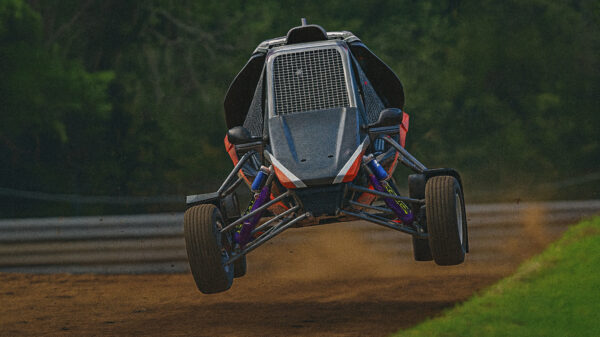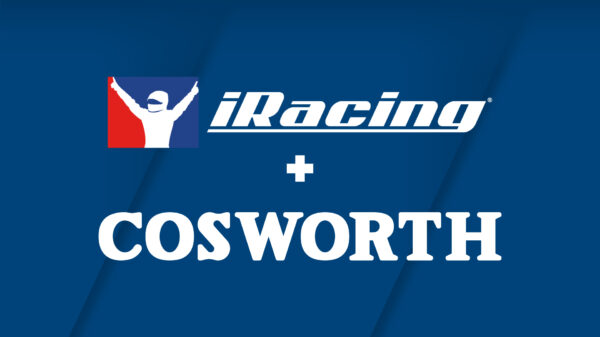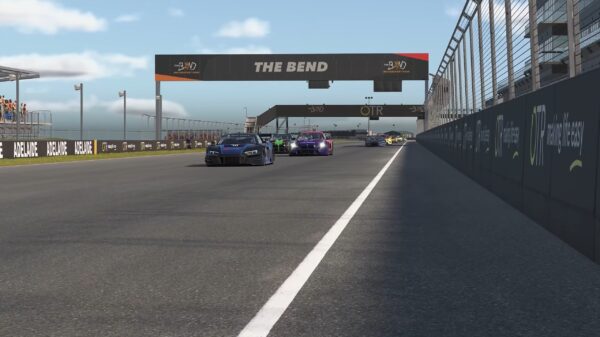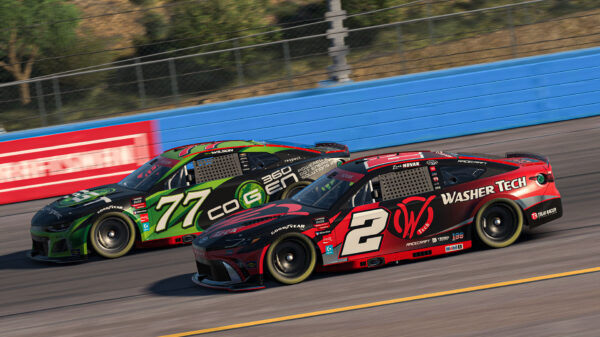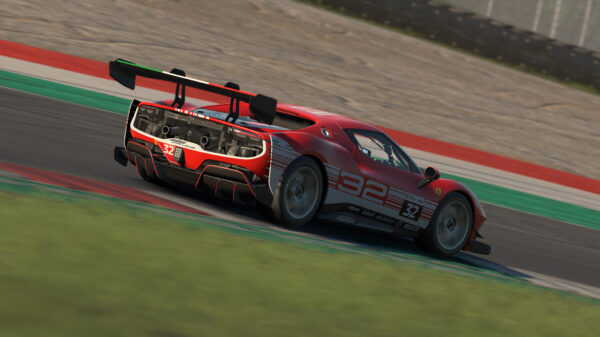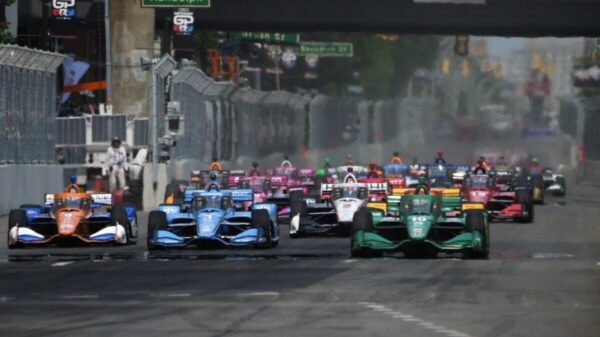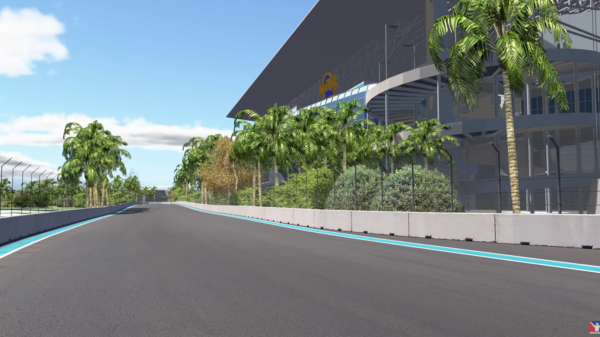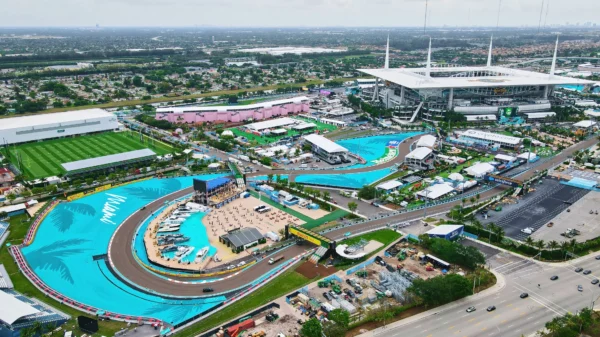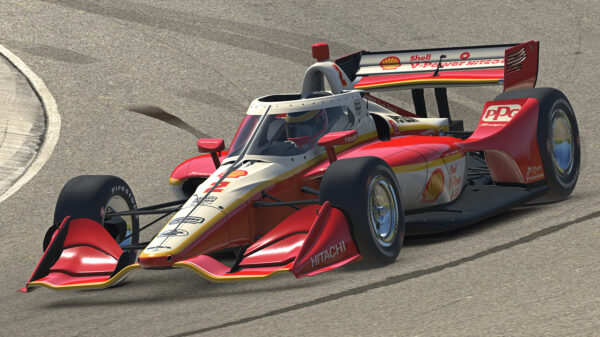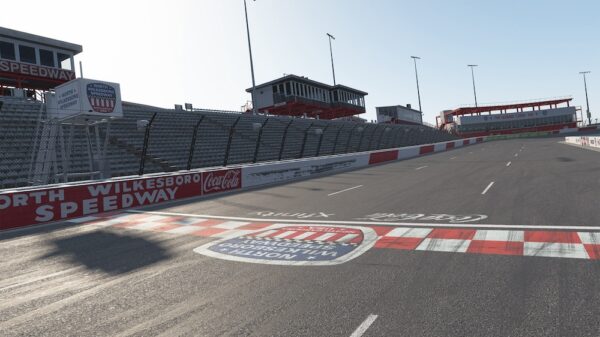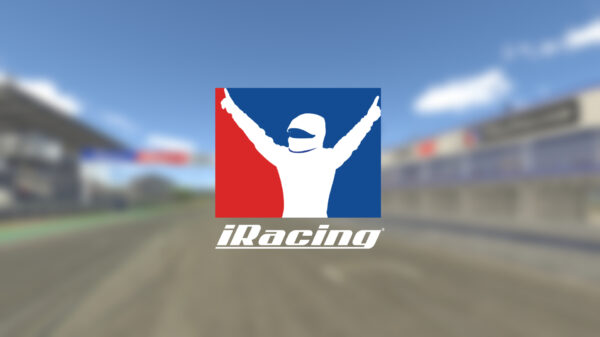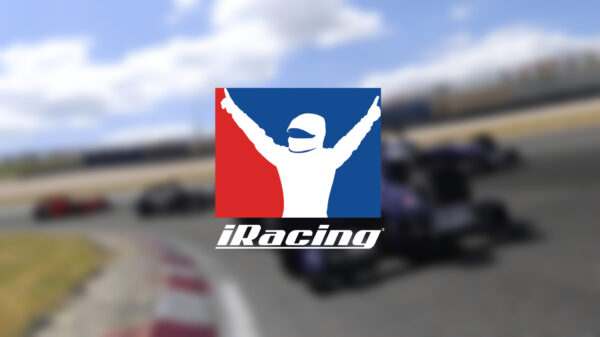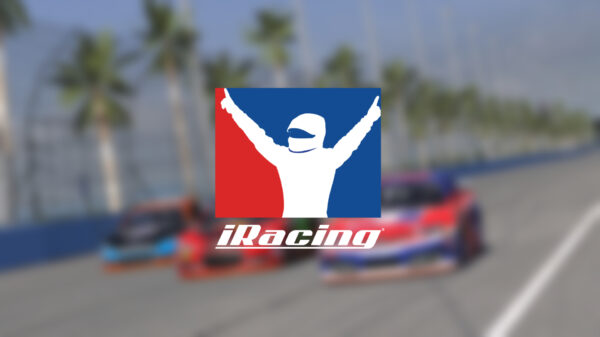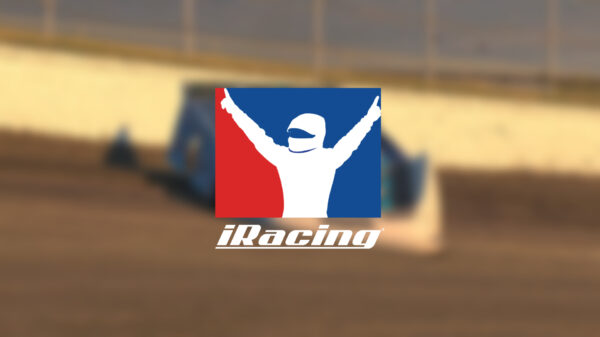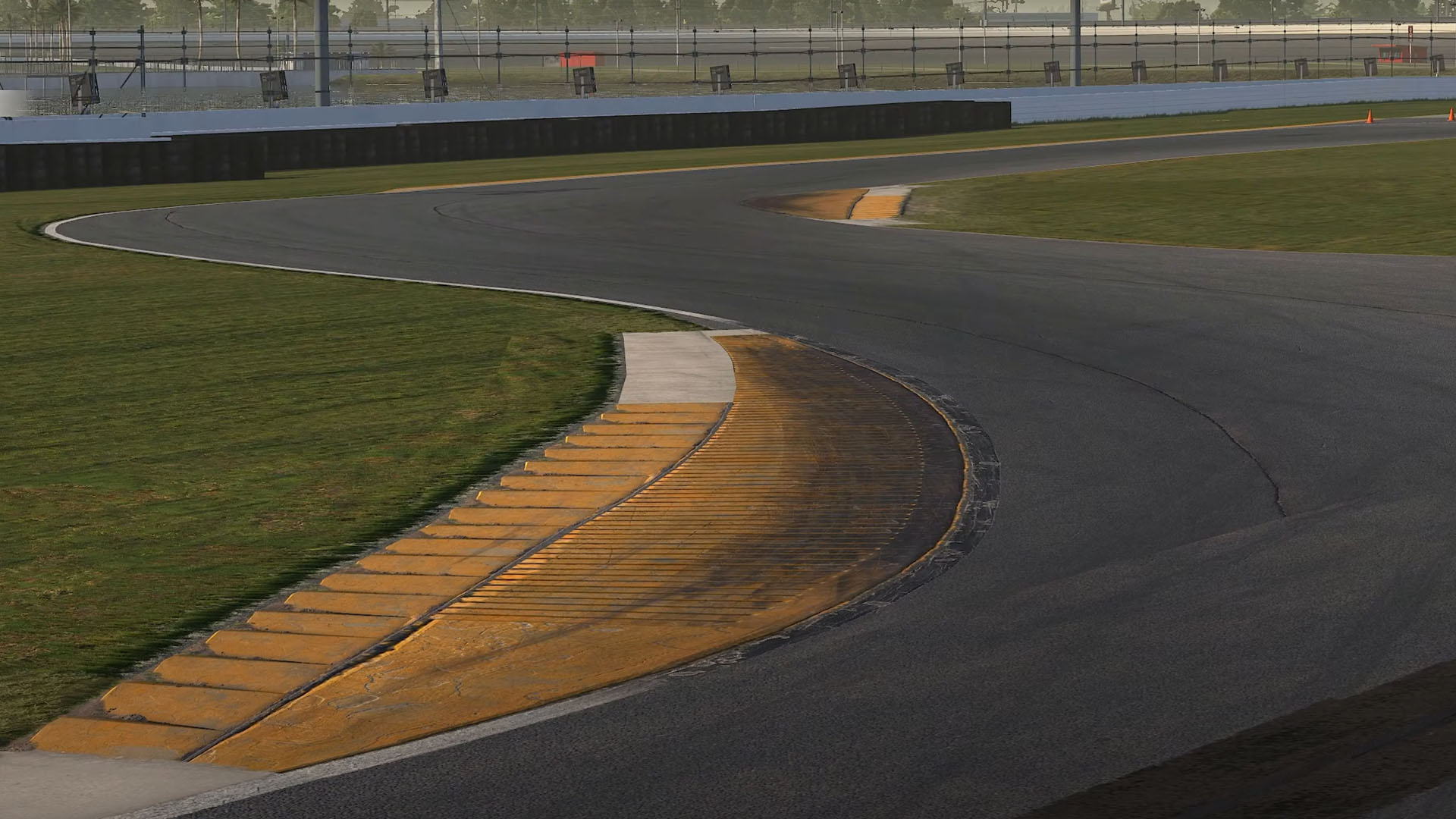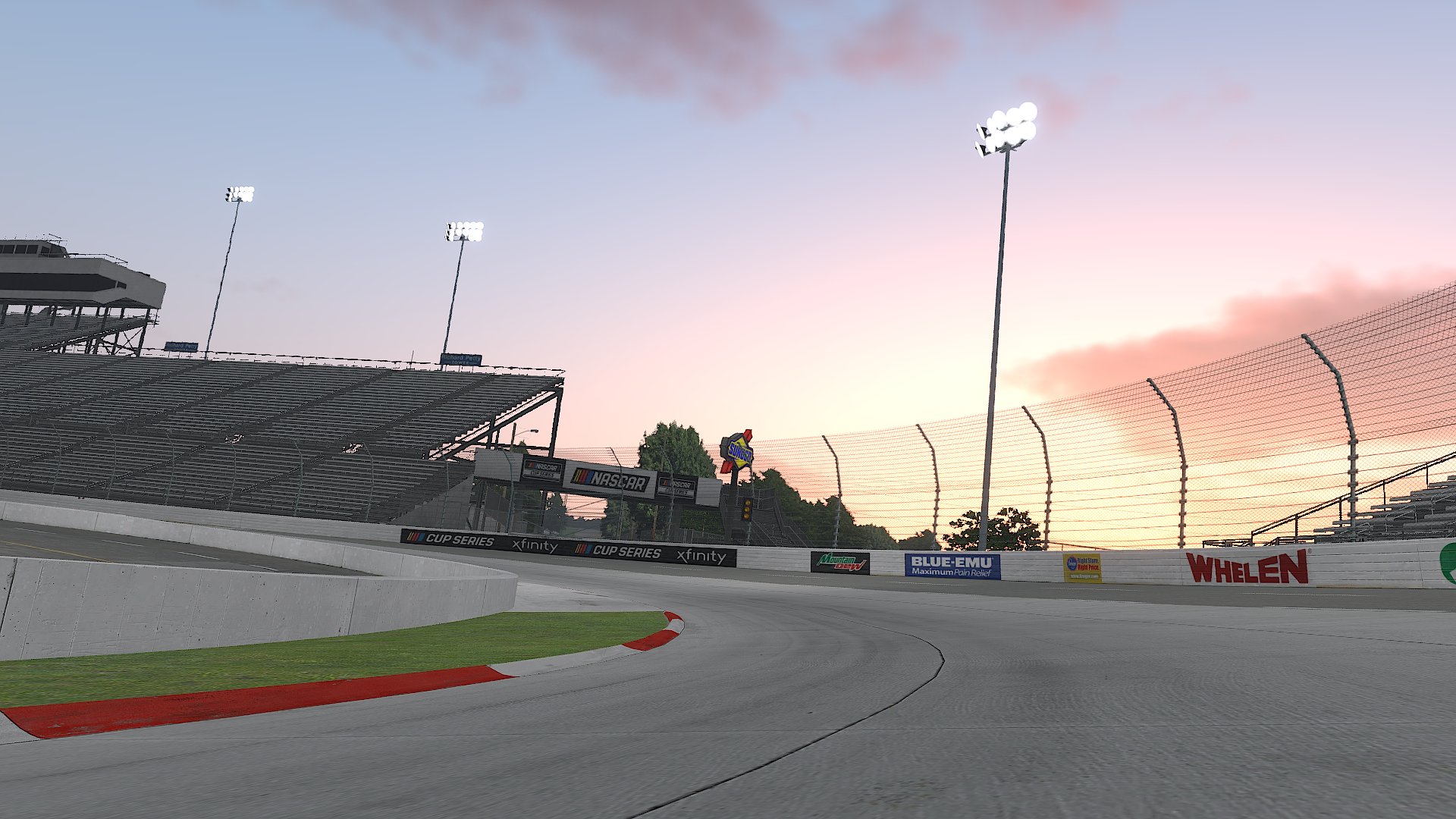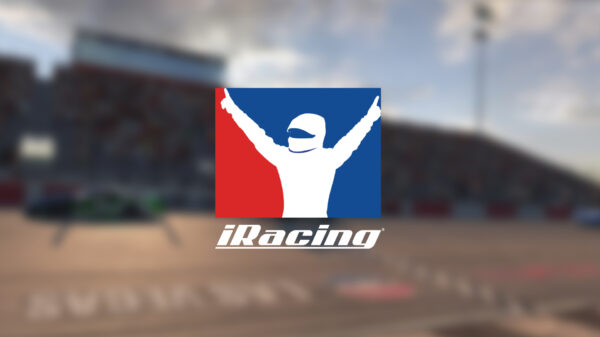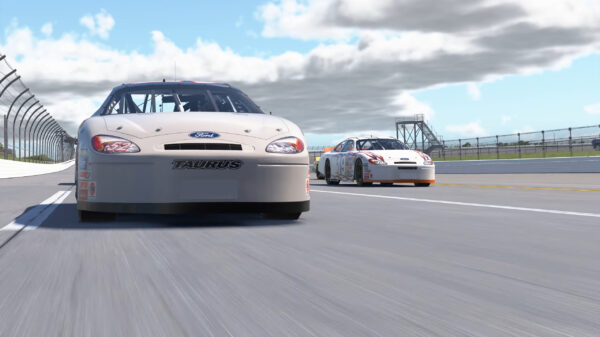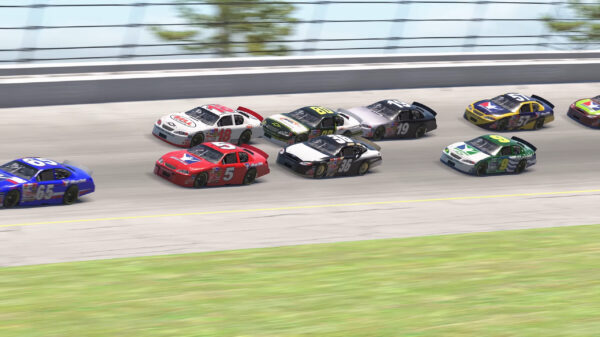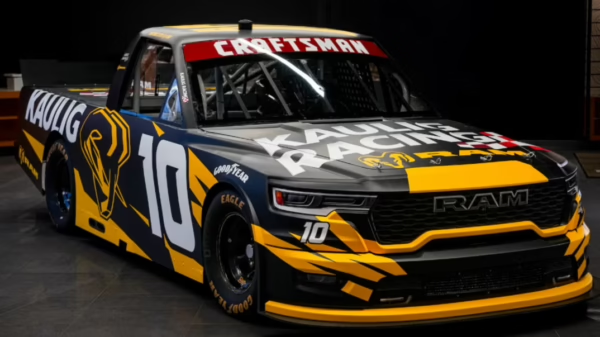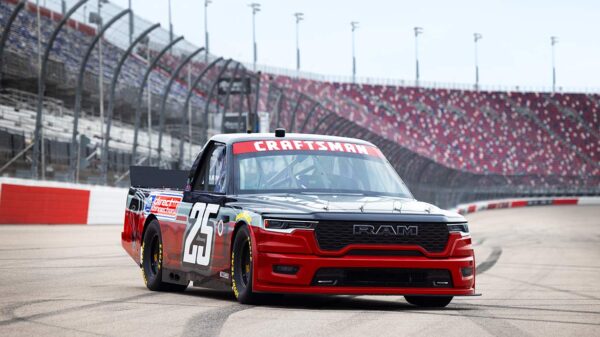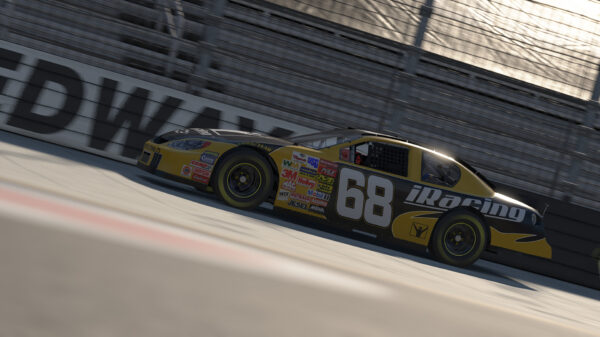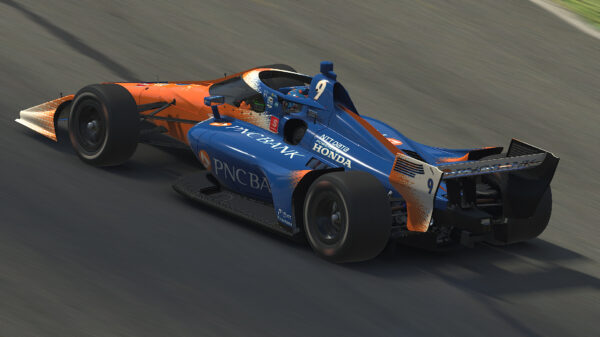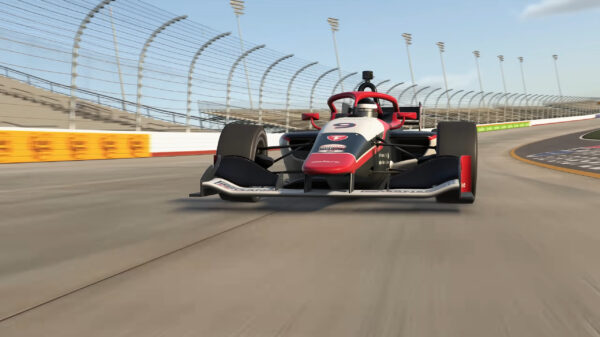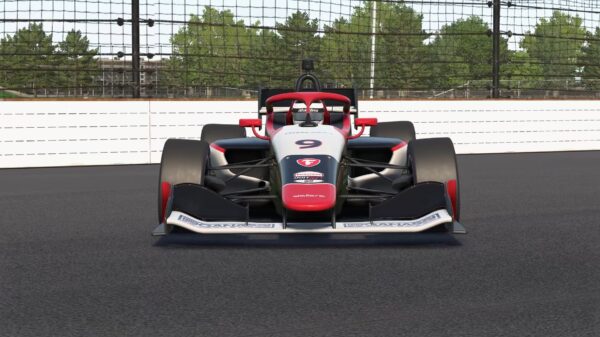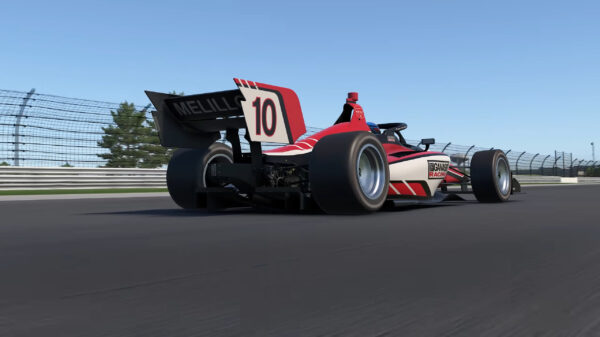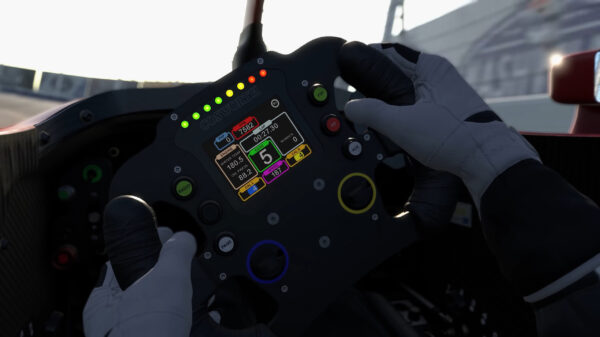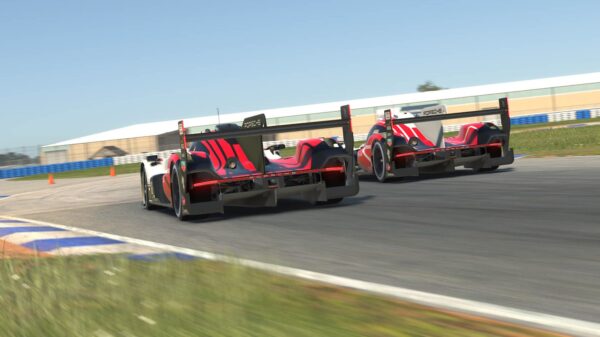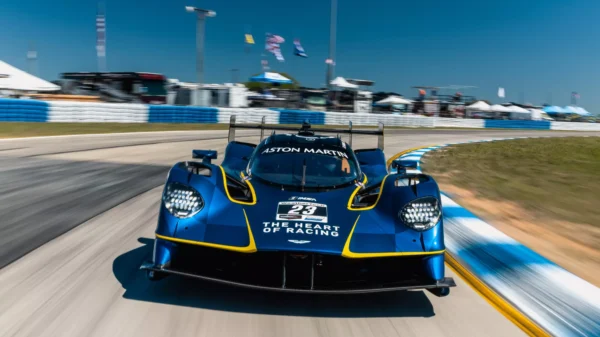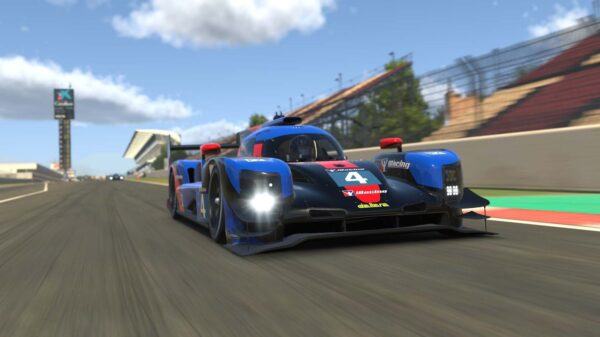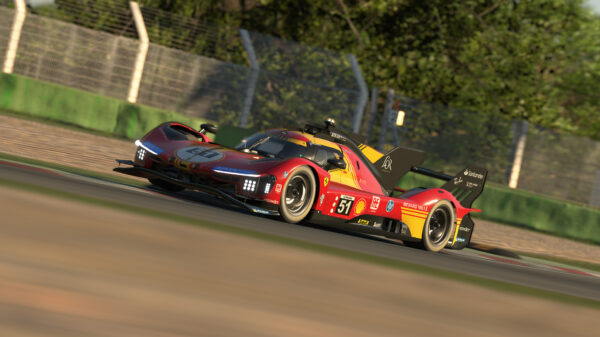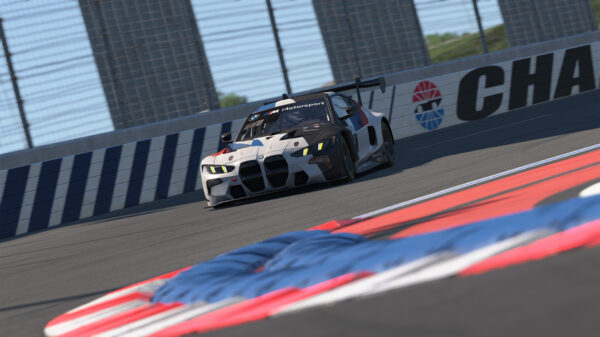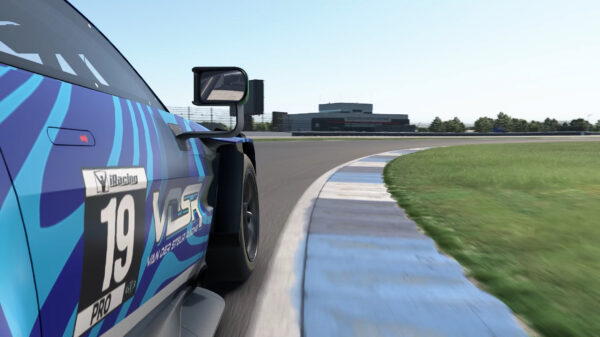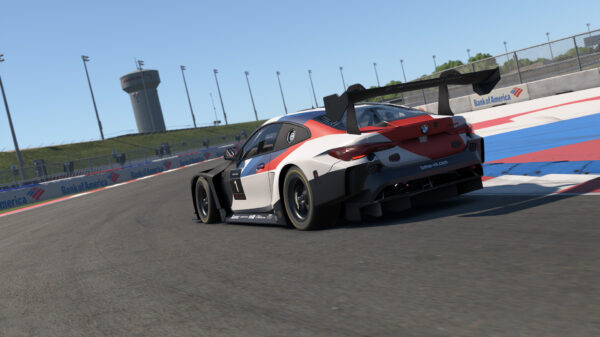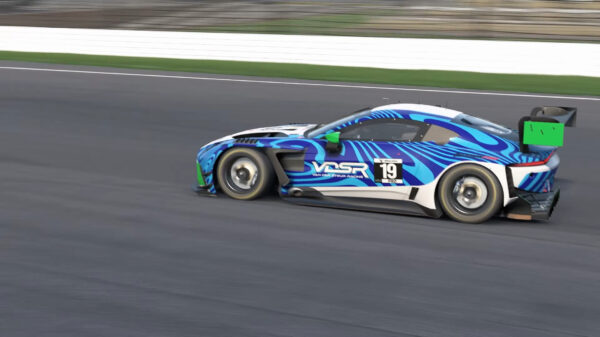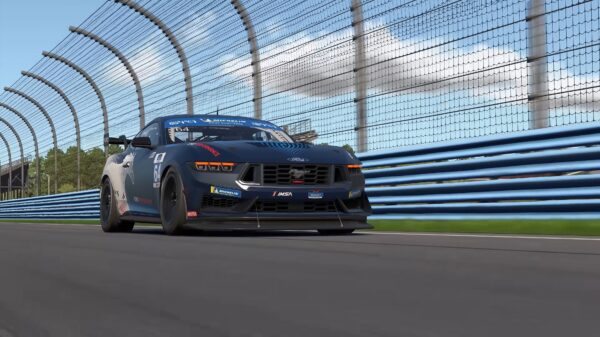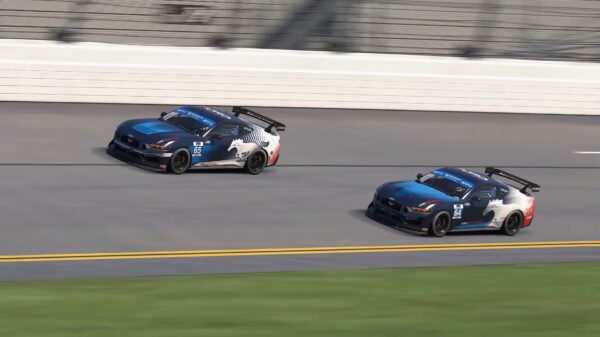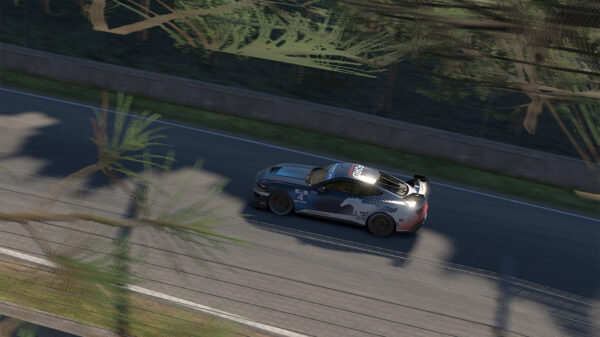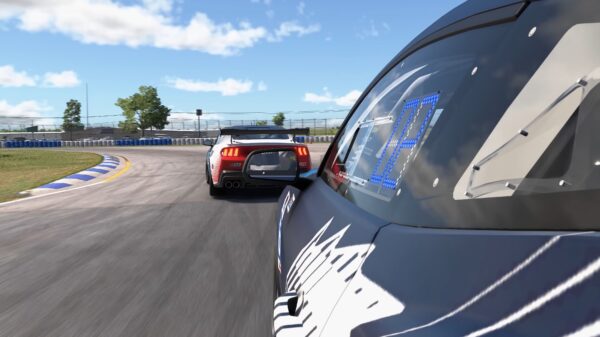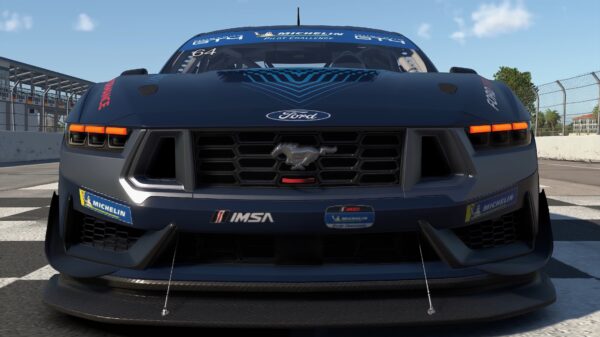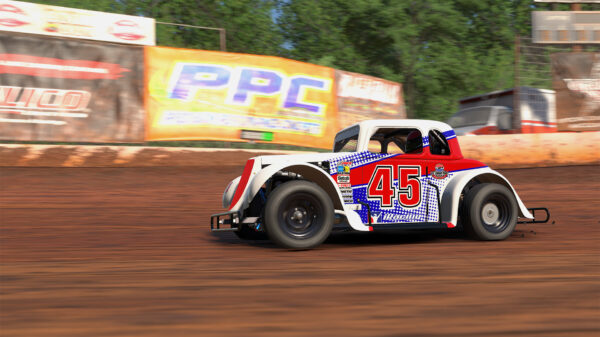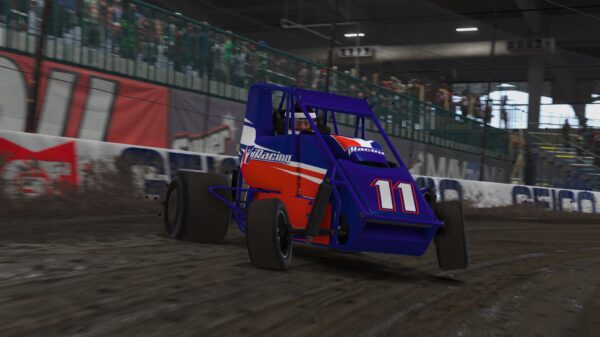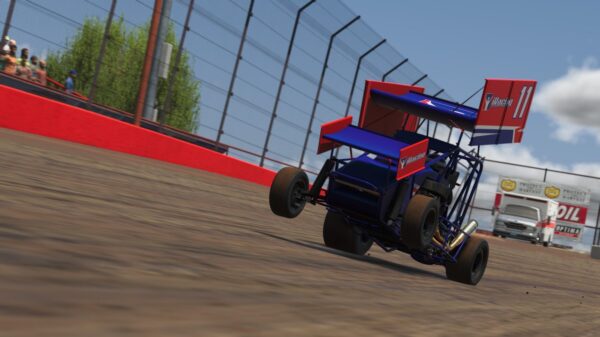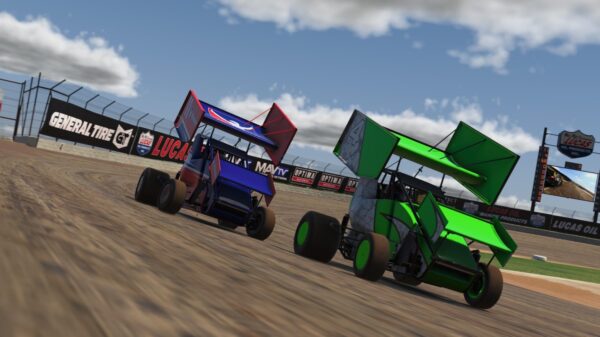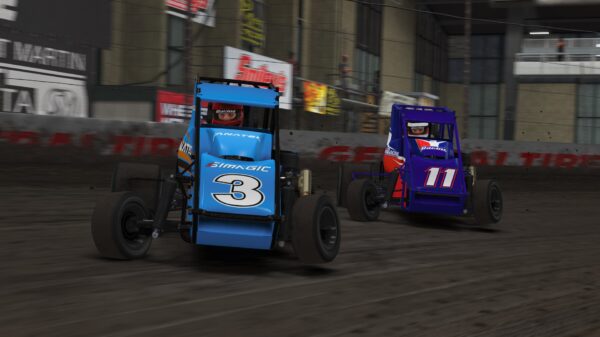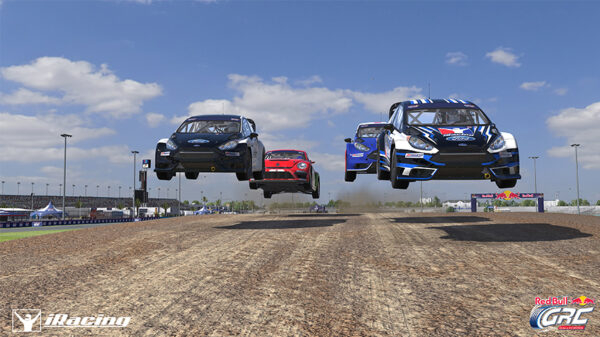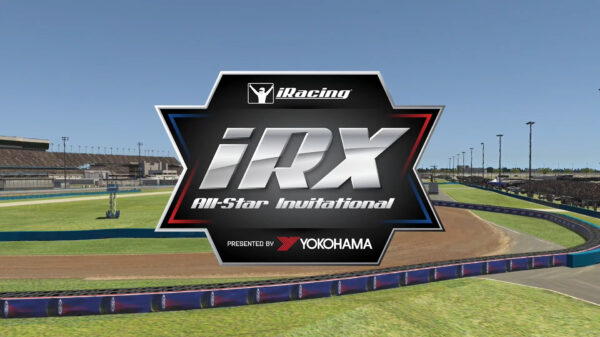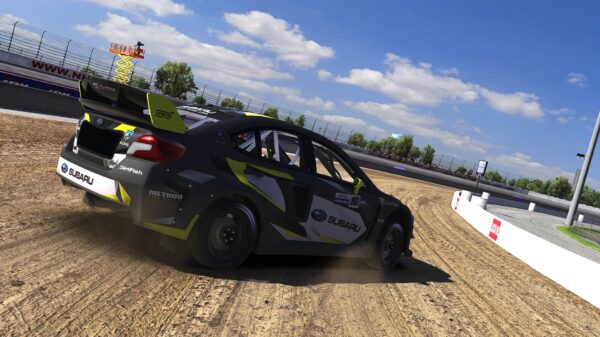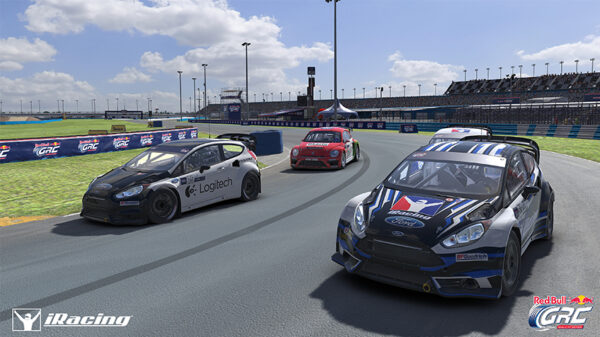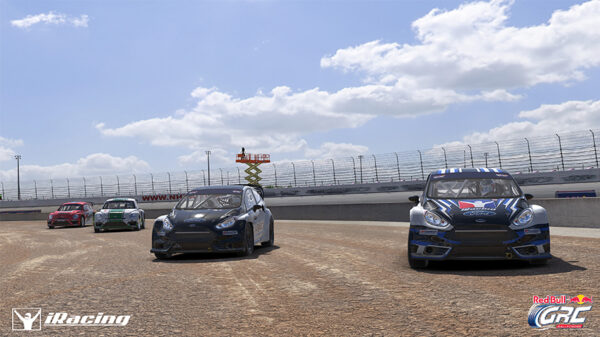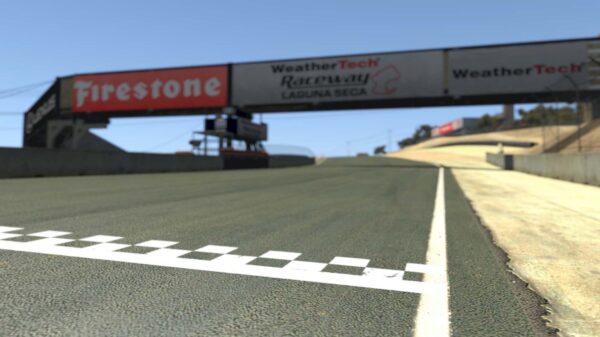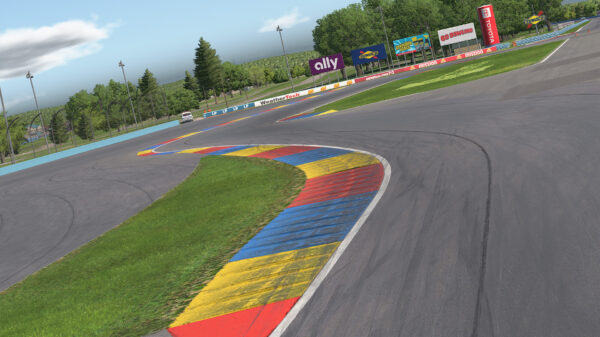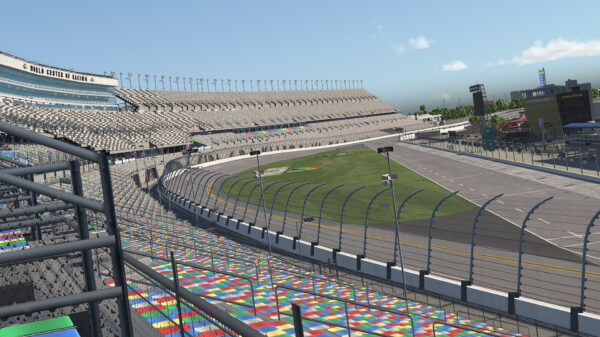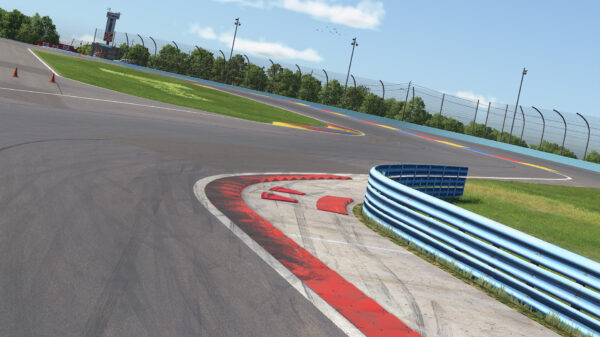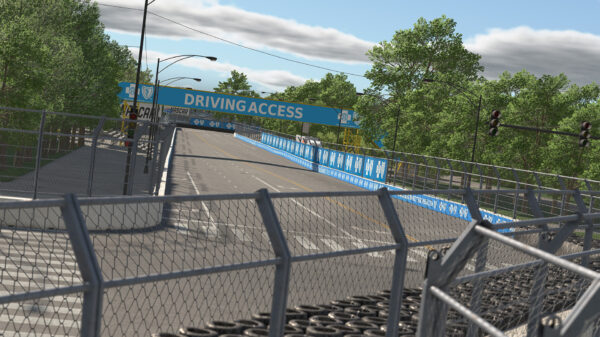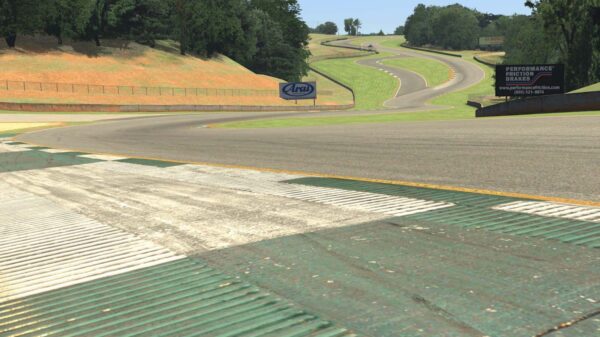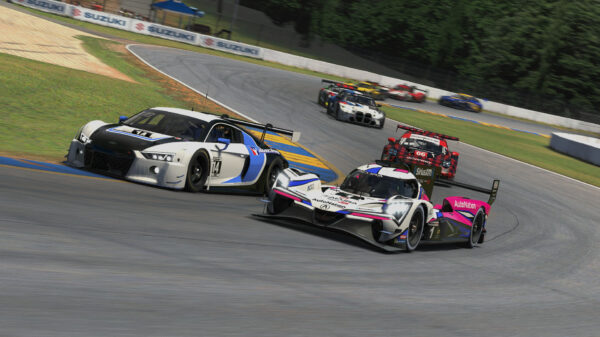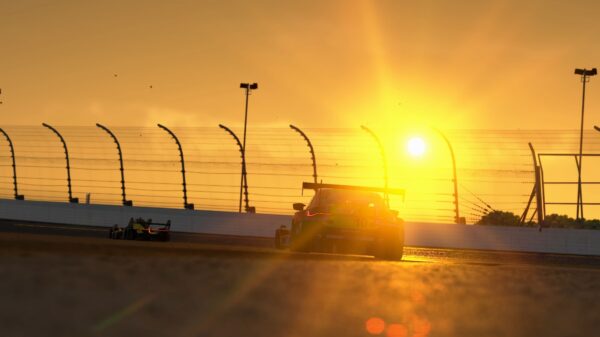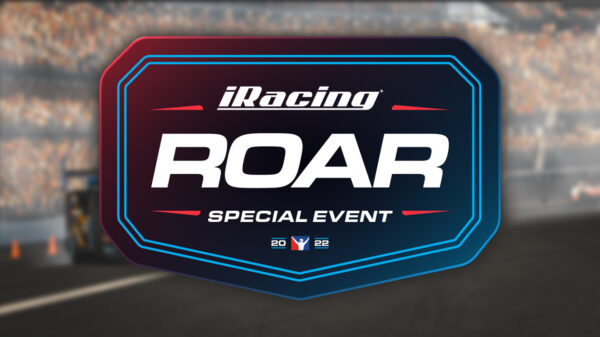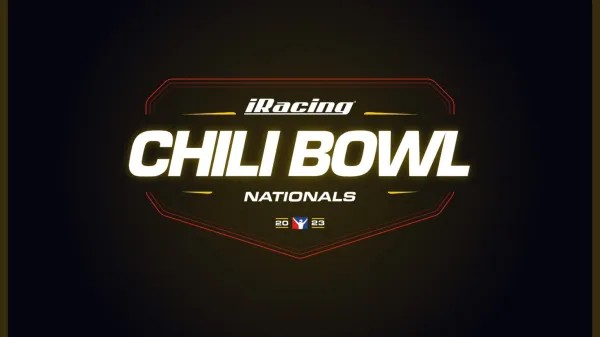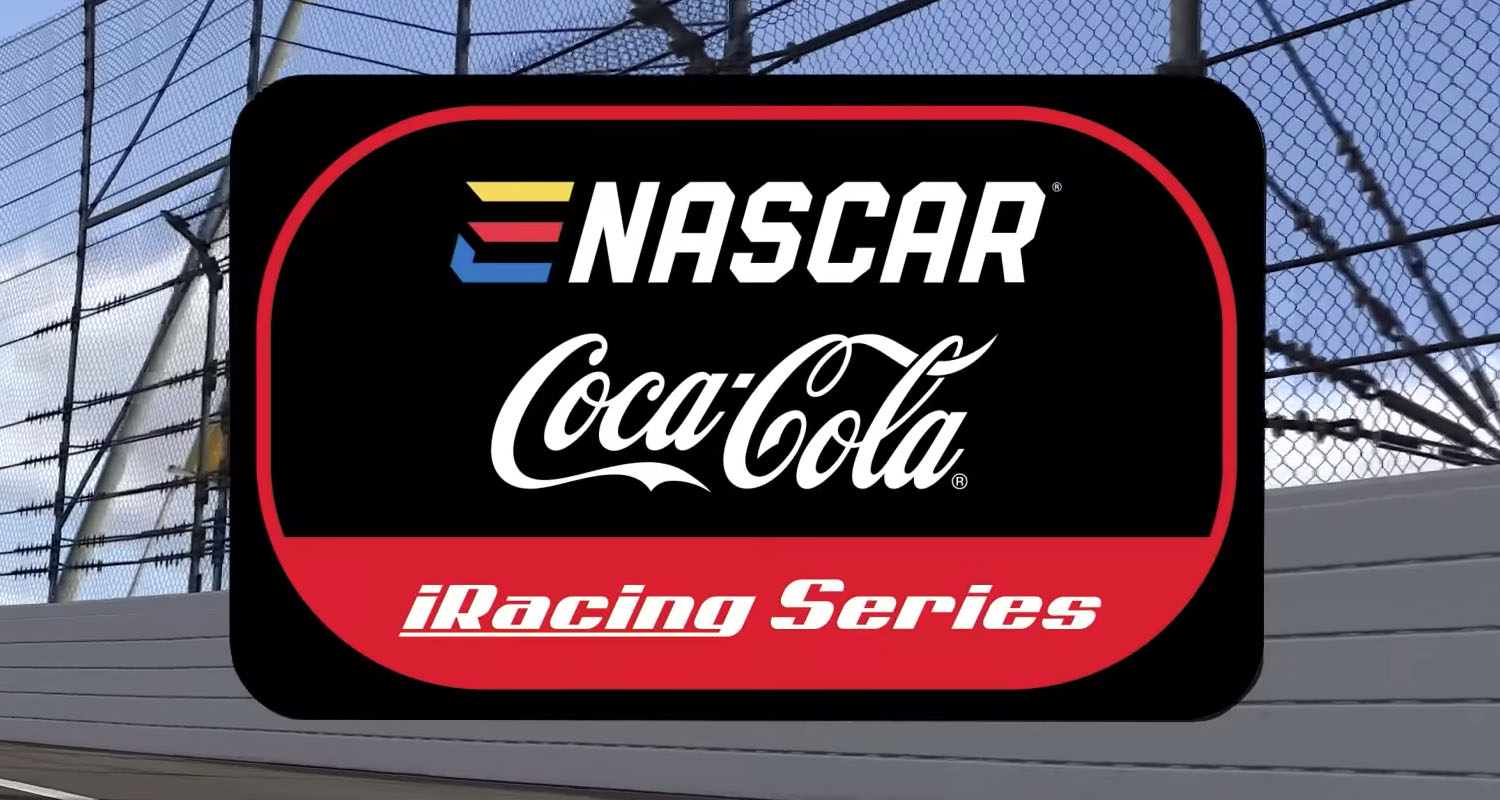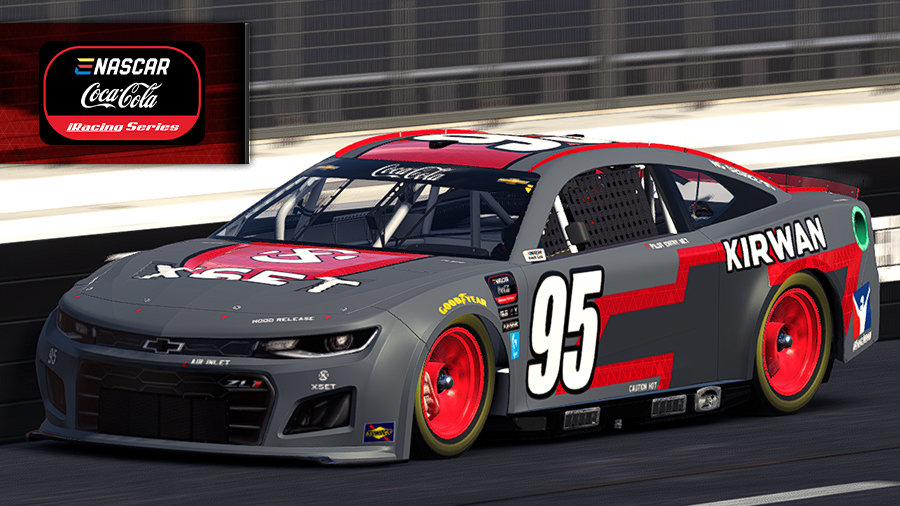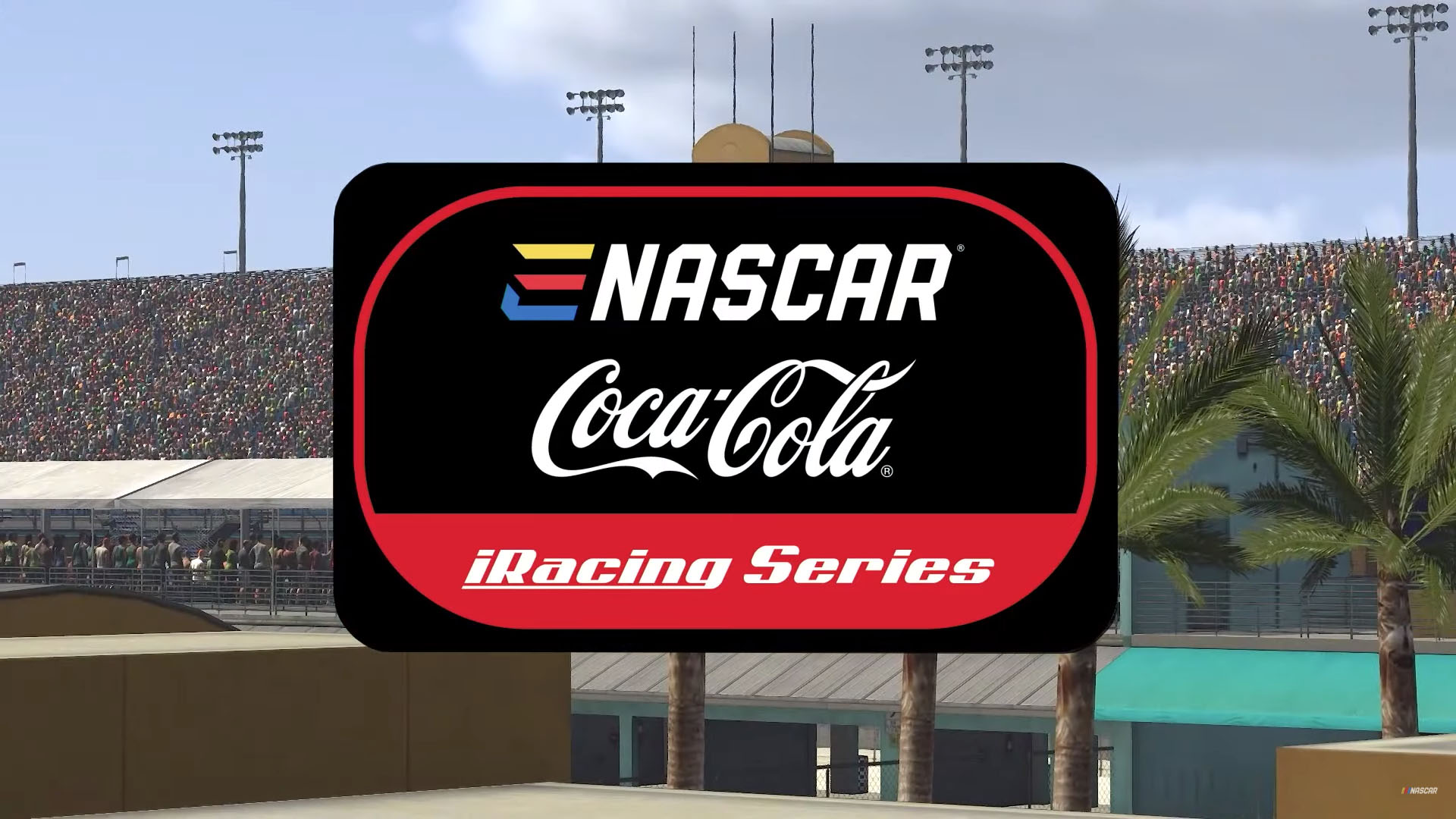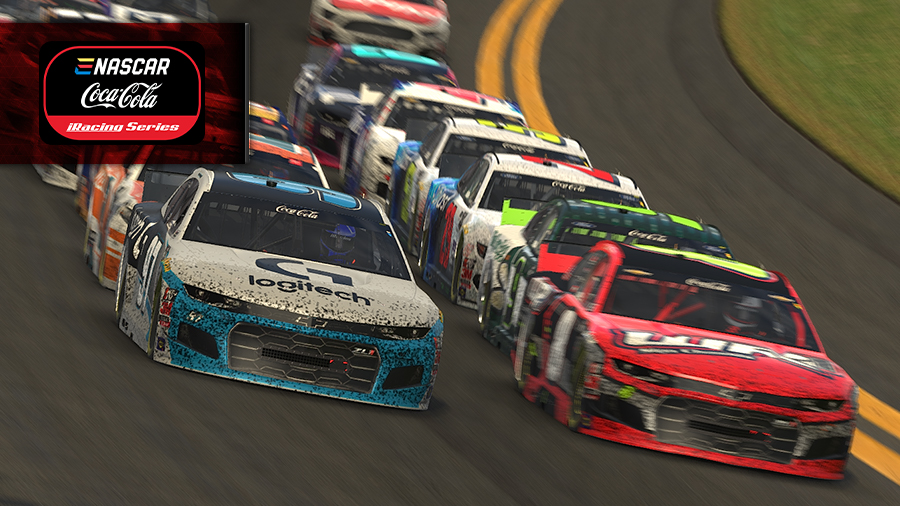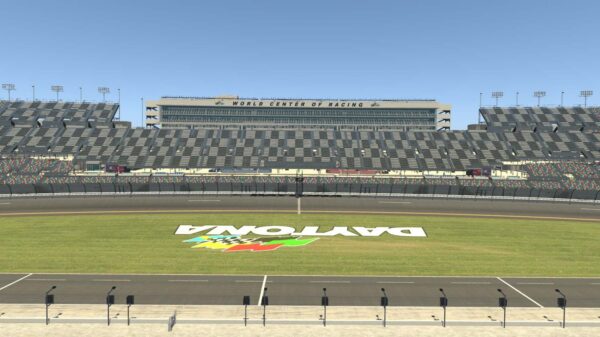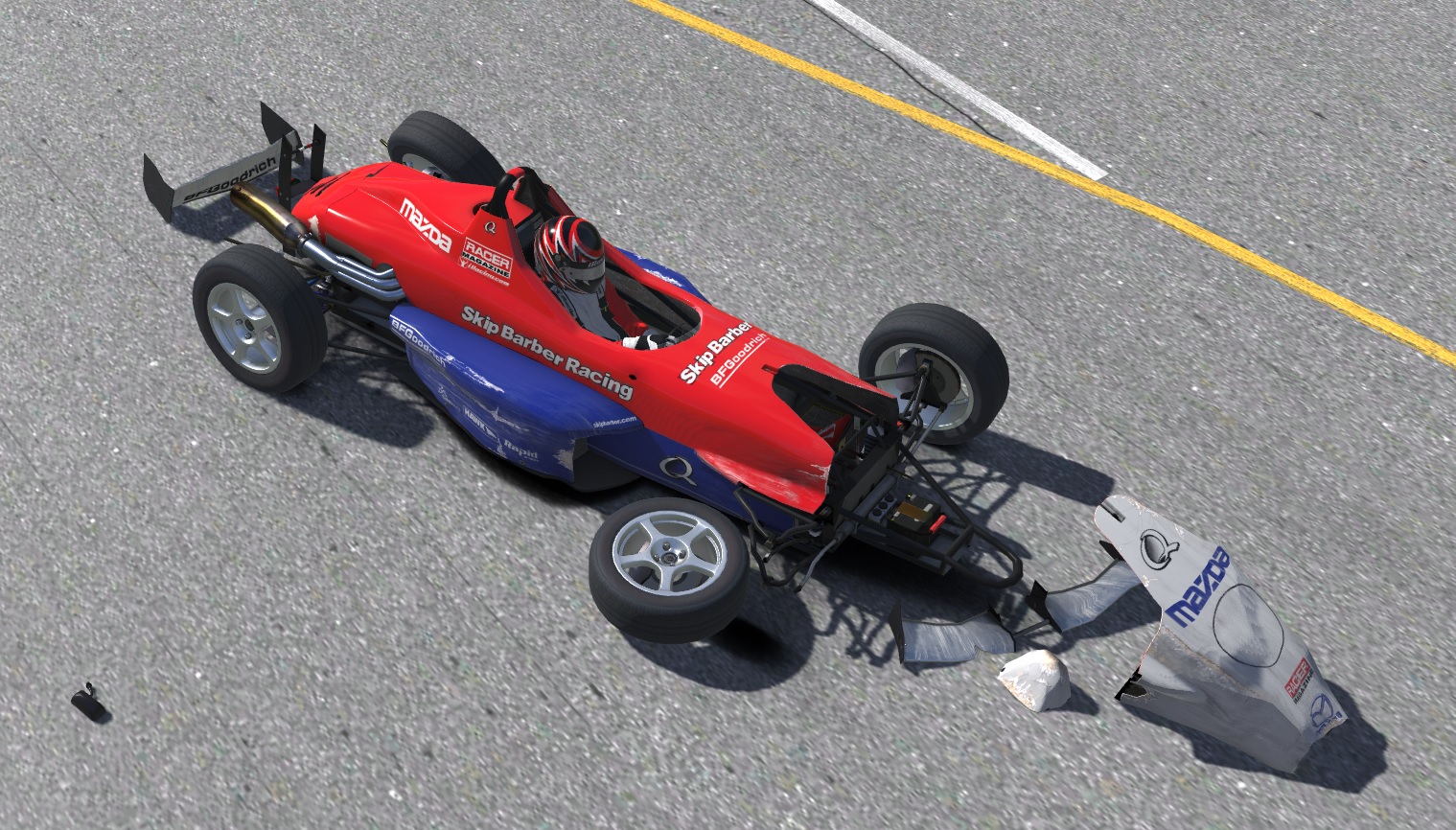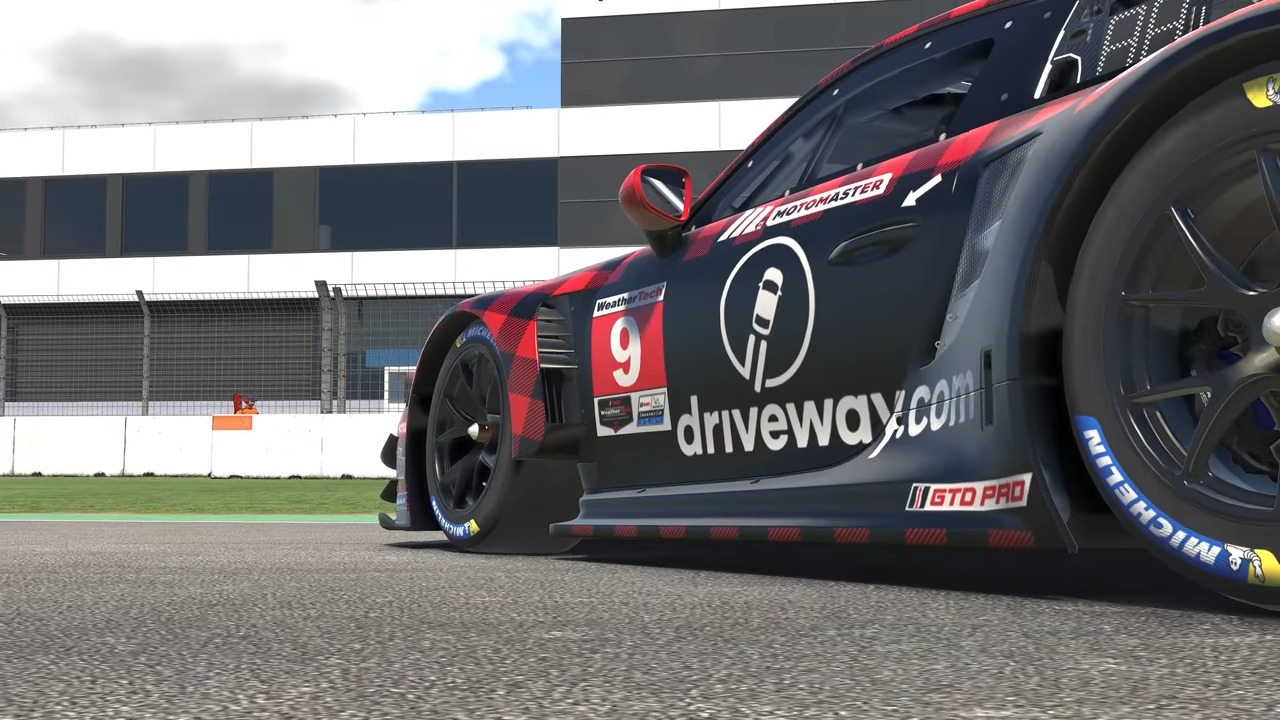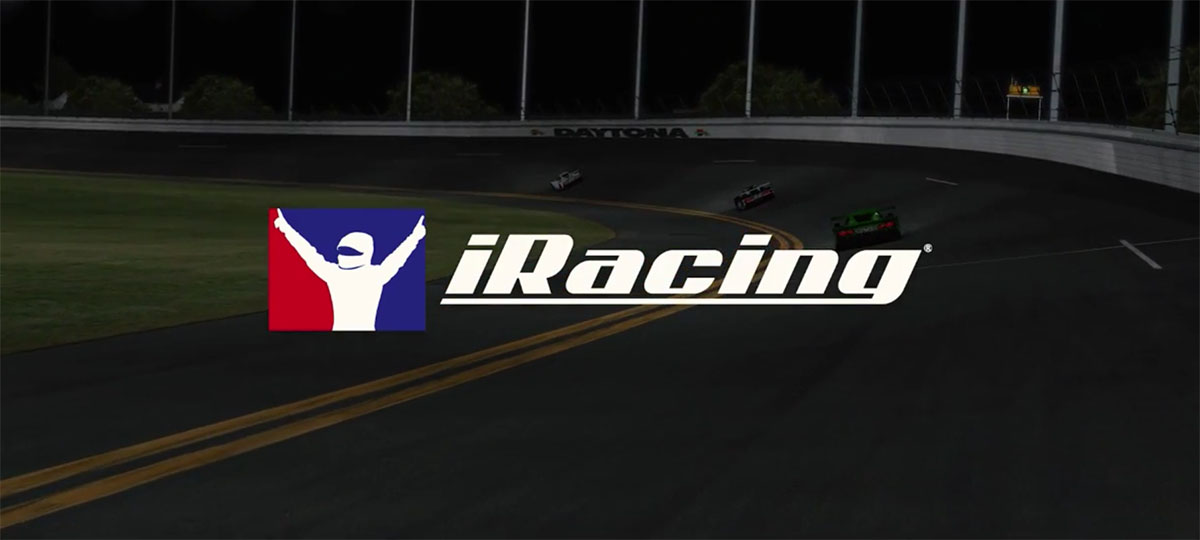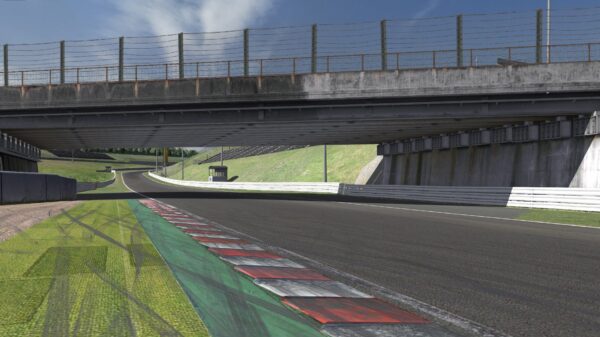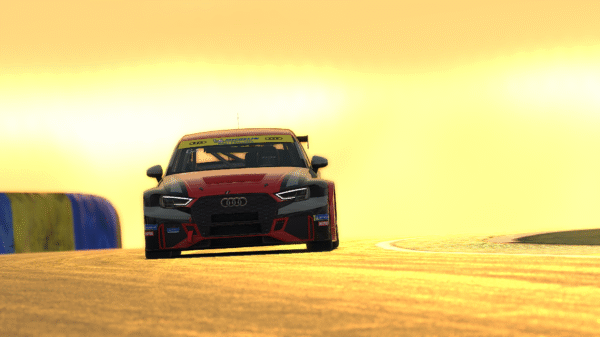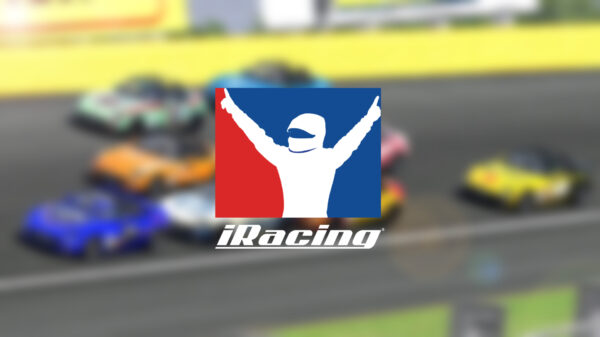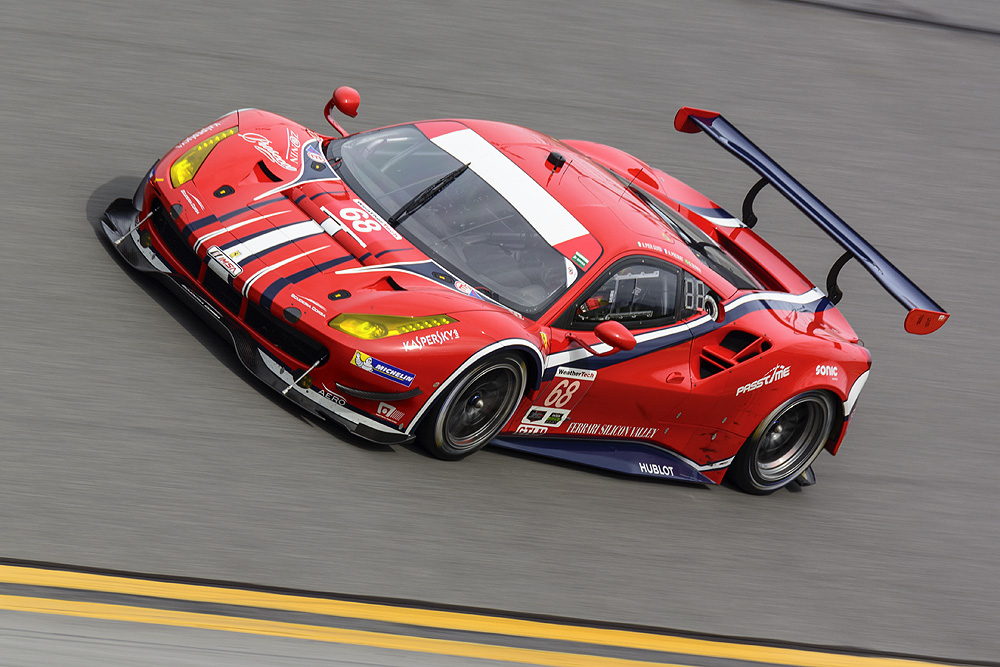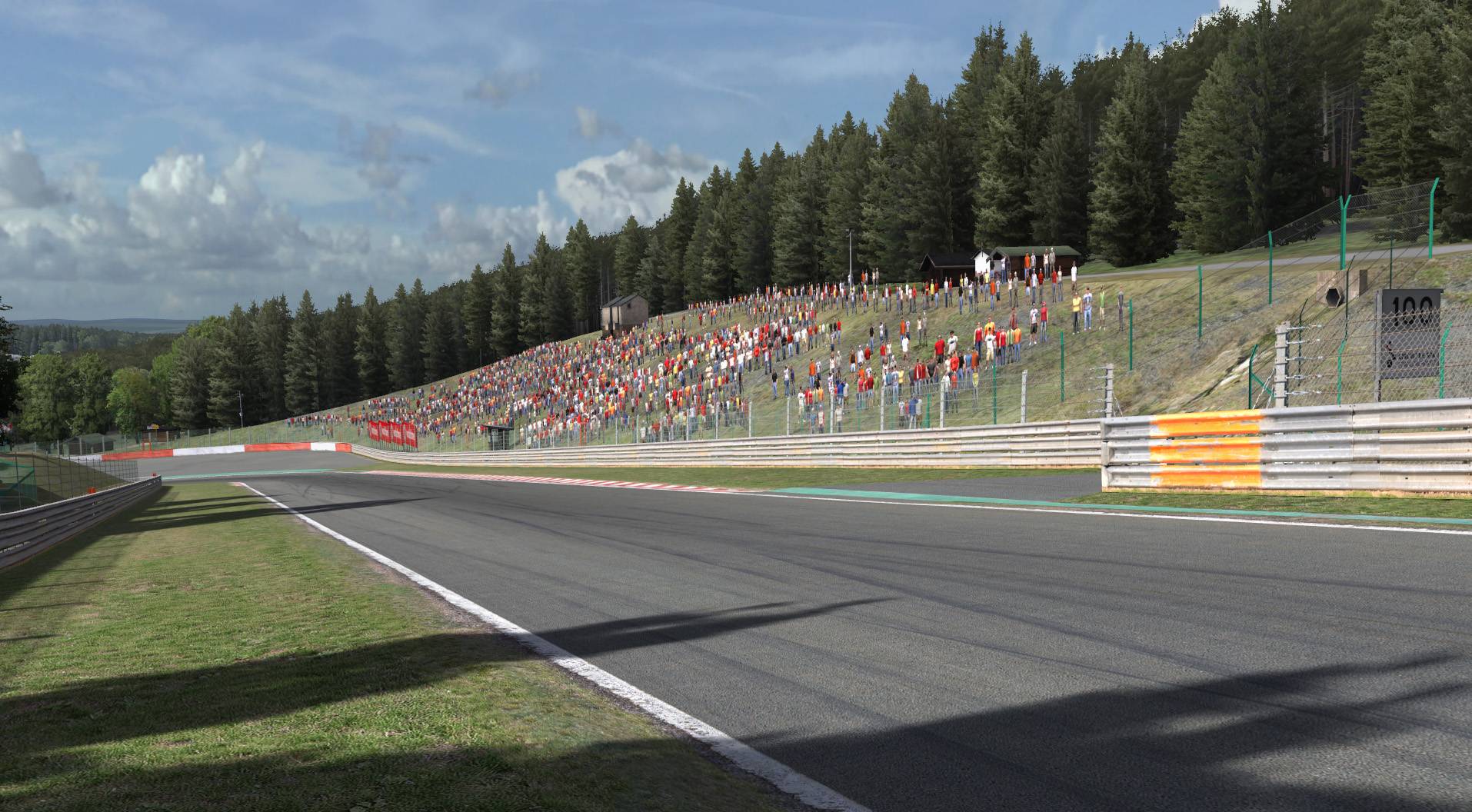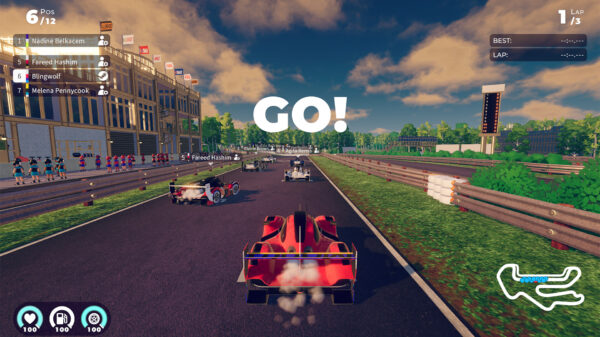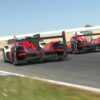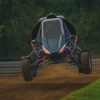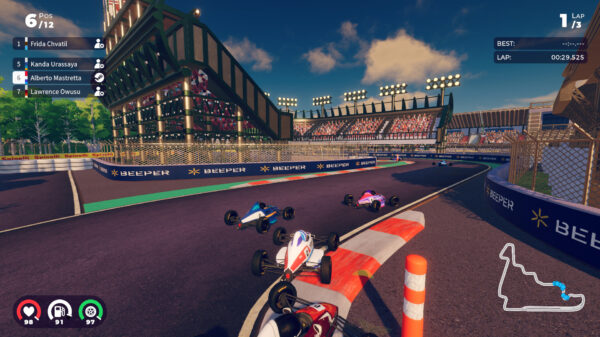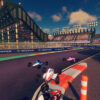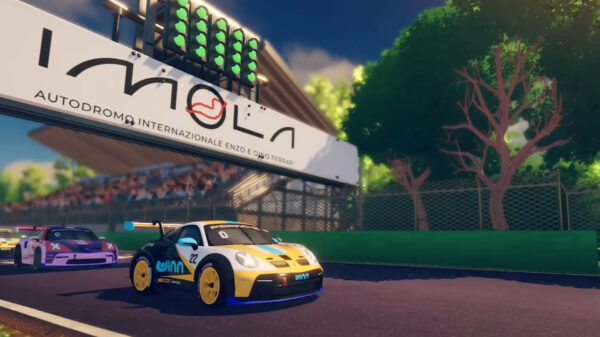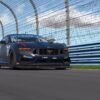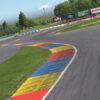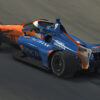The Daytona International Speedway Road Course is one of the most distinctive circuits in the world, and its iRacing counterpart captures that uniqueness with laser-scanned accuracy. Combining high-speed oval sections with a technical infield, the 3.56-mile (5.73 km) layout offers a rare blend of drafting battles, precision braking zones, and mechanical grip challenges. It is the venue of the legendary Rolex 24 at Daytona, one of the crown jewels of global endurance racing.
Unlike traditional road courses, Daytona’s Road Course configuration is a true hybrid: part superspeedway, part technical road circuit. This dual nature makes it one of the most versatile and demanding tracks in iRacing, and a favorite for both official events and league racing.
Primary Layout – Sports Car Course (3.56 miles / 5.73 km)
The main configuration of Daytona’s Road Course is the full sports car layout, used for endurance racing and special events.
Section Breakdown
- Start/Finish & Tri-Oval: Cars take the green flag on the frontstretch tri-oval, launching into one of the most challenging first corners in racing.
- Turn 1–2 (Infield Entry): A heavy braking zone off the banking funnels into a tight left-hander, immediately demanding control and awareness, especially in multi-class racing.
- International Horseshoe (Turn 3): A wide, sweeping hairpin where multiple lines are possible. Exit speed is crucial for carrying momentum into the next section.
- Kink (Turn 4): A fast left-hand kink that tests confidence and setup balance. Mistakes here often send cars into the grass.
- West Horseshoe (Turn 5): A tighter hairpin than the first, requiring strong traction and throttle discipline.
- Rejoining the Oval (Turn 6): Cars climb back onto the NASCAR banking, accelerating hard toward NASCAR Turn 1 at full speed.
- Backstretch: A long flat-out section where drafting becomes critical in both endurance and sprint formats.
- Bus Stop Chicane (Turns 9–10): A defining feature of the lap. High curbing forces drivers to be aggressive yet precise—too much curb unsettles the car, too little loses time. It is also one of the premier overtaking points.
- Oval South Banking & Tri-Oval Finish: After rejoining the oval at NASCAR Turn 3, cars carry maximum speed through the banking into the frontstretch and across the line, often in drafting packs.
Alternate Configurations
Daytona’s Road Course in iRacing doesn’t feature as many variations as some circuits, but there are a few unique alternatives:
- Moto Course Variant: Designed with motorcycles in mind, featuring subtle adjustments to curbing and runoff for safety. While not always used in iRacing events, it offers a slightly different flavor of the road course.
- Oval/Chicane Practice Configs: Certain practice or test-session versions isolate sections like the infield loop or the Bus Stop for driver training.
Still, the 3.56-mile Sports Car Course is the definitive configuration, and it’s the one used for marquee races like the Rolex 24 at Daytona.
Racing Characteristics
The Daytona Road Course offers some of the most unique and memorable racing characteristics in iRacing.
1. Slipstream & Drafting
The oval straights turn nearly every race into a drafting contest. Prototypes and GT cars alike use the slipstream to close gaps, setting up overtakes into Turn 1 or the Bus Stop. Drafting strategy is just as important as raw pace, especially in endurance stints.
2. Heavy Braking Zones
Turn 1 and the Bus Stop are two of the most significant braking challenges in all of sim racing. Drivers must manage tire wear and brake temperatures while staying consistent in traffic.
3. Multi-Class Dynamics
Daytona is built for multi-class racing. Faster prototypes often encounter traffic in the infield, while GT cars rely on straight-line drafting to defend. Awareness and patience are vital, as track width varies drastically between the oval and infield sections.
4. Setup Balance
Daytona demands compromise. Cars need:
- Mechanical grip for the tight infield corners.
- Aerodynamic efficiency for the flat-out oval straights.
- Stability for aggressive curb usage at the Bus Stop.
5. Endurance Identity
As the home of the iRacing 24 Hours of Daytona, the circuit is synonymous with strategy. Teams must manage driver swaps, pit strategy, fuel mapping, and long-run tire management across a track that punishes mistakes and rewards consistency.
Why It Matters in iRacing
The Daytona Road Course is not just another track in iRacing—it’s a centerpiece of the endurance racing calendar. Its hybrid layout offers something no other circuit does: a true test of speed, patience, and adaptability. Whether you’re in an LMP2 prototype, a GT3 battling in traffic, or even a stock car adapting to road racing, Daytona offers a challenge that is equal parts exhilarating and unforgiving.
For iRacers, mastering Daytona means mastering endurance racing itself.

